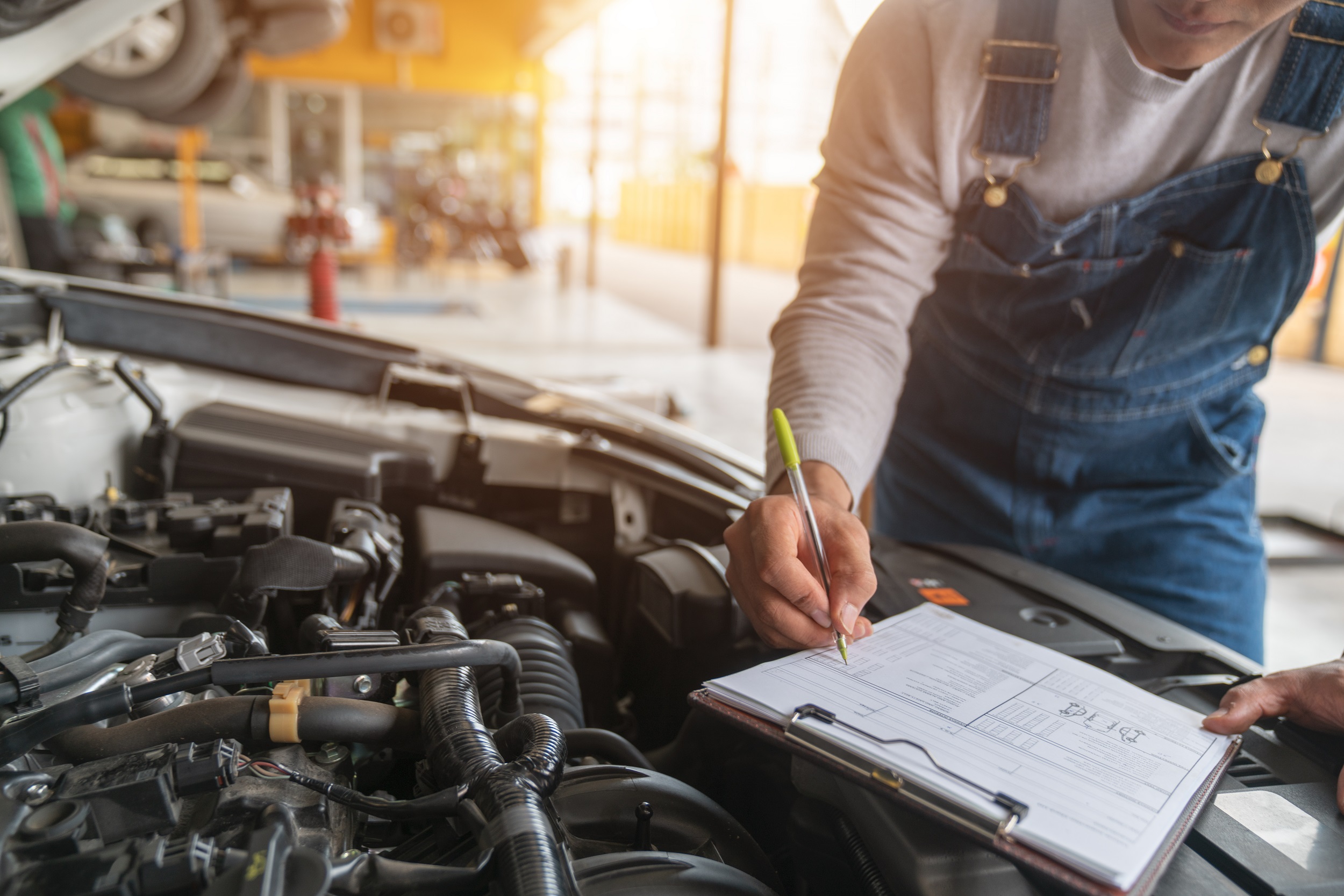In the contemporary automotive landscape, we are presented with a staggering array of choices. We obsess over engine specifications, transmission types, infotainment systems, and the precise shade of metallic paint. We curate our driving experience down to the last detail. Yet, in this flurry of customization, we often overlook the most profound and impactful decision of all: the highly specialized components that physically connect our ambitions to the asphalt. We are speaking of the wheels and tires, a system so commonly misunderstood as a simple commodity.
The truth is, these components are not just “round and black.” They are the single most important factor in defining your vehicle’s character. They are the difference between a compliant, quiet ride and a sharp, responsive one. They are the boundary between safety and disaster in a sudden rainstorm. The technology, chemistry, and engineering that go into a modern wheel and tire assembly are as complex as any engine. To choose them wisely is to move beyond a simple driver and become a true connoisseur, one who understands that a car’s soul is not just in its motor, but in the deliberate, specialized choices made at its four corners.
The Solid-State Foundation: Deconstructing Wheel Architecture
When we glance at a vehicle, the wheels are a primary aesthetic focus. We see spokes, color, and finish. What we do not see is the profound structural and performance-defining story of their creation. The manufacturing method of a wheel dictates its weight, strength, and rigidity, which in turn has a cascading effect on every aspect of your drive. The two dominant architectures are “cast” and “forged.”
Casting is the most common method. In its simplest form, it involves pouring molten aluminum alloy into a mold shaped like the wheel. It is an efficient and cost-effective process that allows for a wide variety of complex designs. However, as the molten metal cools, it can develop microscopic inconsistencies and a less dense grain structure. To compensate for this and ensure the wheel is strong enough to withstand daily abuse, manufacturers must use more material. This makes a cast wheel, relative to its strength, heavier.
Forging is a far more intensive and advanced process. It begins not with molten metal, a solid billet of high-grade aluminum alloy. This billet is subjected to immense heat and literally thousands of tons of pressure, stamping and compressing it into the shape of the wheel. This brutal process aligns and refines the metal’s grain structure, making it incredibly dense and immensely strong. Because a forged wheel is so much stronger, it requires significantly less material to achieve the same load rating. The result is a wheel that is dramatically lighter than its cast equivalent, often by 20 to 25 percent.
This weight saving is the holy grail of performance. Lighter wheels constitute less “unsprung mass,” which is the weight of everything not supported by the car’s suspension (wheel, tire, brake, etc.). Reducing this mass allows the suspension to react faster to road imperfections, keeping the tire in better contact with the ground. This improves handling, grip, and braking. It also means the engine has to work less to spin the wheel up to speed, which benefits acceleration. In short, the choice between a cast and forged wheel is the first, fundamental step in defining your car’s athletic intent.
The Alchemical Compound: More Than Just Black Rubber
We look at a tire and see rubber, but this is a gross simplification. A modern tire is a mind-bogglingly complex alchemical compound, a recipe of natural and synthetic rubbers, silica, carbon black, oils, and polymers. The precise mixture of this “compound” is the secret sauce that dictates the tire’s entire performance window. This is where the magic happens, and it is a world of critical trade-offs. The highly specific nature of these compounds and the specialized equipment needed to mount, balance, and maintain them without damage is precisely why drivers seek out expert Tire & Wheel Services in sharjah, as the integrity of these advanced materials depends on professional handling.
The most significant factor this compound controls is thermal performance. A “summer” or “performance” tire uses a compound that is formulated to be quite stiff. As it heats up during driving, it becomes pliable and sticky, providing tremendous grip in dry and warm, wet conditions. However, take this same tire into a cold climate, and the compound becomes hard, slick, and brittle, almost like a piece of plastic. Its grip level plummets to a dangerously low level.

Conversely, a “winter” or “snow” tire uses a compound rich in silica and other softeners, designed to remain flexible and pliable even in freezing temperatures. This flexibility allows the tire to conform to microscopic imperfections in the road, ice, and snow, maintaining its grip. These tires also feature thousands of tiny slits, or “sipes,” that act like a squeegee to clear water and provide thousands of extra biting edges. Use this soft tire in the summer, and its compound will overheat, providing vague handling and wearing out at an astonishingly rapid rate.
The “all-season” tire is the great compromiser. Its compound is designed to not become plastic in the cold and not melt in the heat. It is a jack of all trades, but truly a master of none. For a daily commuter in a moderate climate, it is a sensible choice. But it is crucial to understand that it gives up the high-performance grip of a summer tire and the life-saving security of a winter tire.
The Graphic Art of Grip: How Treads Talk to the Road
If the compound is the chemical soul of a tire, the tread pattern is its functional, mechanical brain. The grooves, blocks, and channels we see are not for aesthetics; they are a highly engineered water management and grip-generation system. Each design prioritizes different, and often conflicting, behaviors.
A Symmetrical pattern is the most basic. The tread blocks are the same across the entire face of the tire. These tires are typically quiet, long-lasting, and can be rotated to any position on the car, which helps extend their life. They are the standard for most non-performance passenger cars.
An Asymmetrical pattern, as the name implies, is different. The tread pattern on the outer shoulder is different from the pattern on the inner shoulder. This is a brilliant piece of engineering. The outer shoulder is designed with large, stiff tread blocks to handle the immense forces of cornering and provide dry grip. The inner shoulder is designed with more grooves and channels to evacuate water and provide wet-weather safety. These tires are a fantastic blend of performance and practicality but must be mounted correctly, with the “outside” of the tire facing outward.
A Directional pattern is the most specialized for wet weather. These treads often feature a V-shape or arrow-like design. They are engineered to do one job with extreme efficiency: pump water out from the center of the contact patch to the outside. This makes them incredibly resistant to hydroplaning, which is when a tire “floats” on a layer of water, causing a complete loss of control. The trade-off is that they are often noisier and can only be rotated from the front to the back on the same side of the car, as the “arrow” must always point in the direction of travel.
The Profile Question: Balancing Agility and Ailments
One of the most popular aesthetic and performance trends is the move toward larger-diameter wheels fitted with lower-profile tires. This “profile” refers to the height of the tire’s sidewall, expressed as a percentage of its width. A “low-profile” tire has a short, stiff sidewall, while a “high-profile” tire has a tall, flexible one. This choice fundamentally alters the feel and resilience of your vehicle.
Low-profile tires (often found on 18-inch and larger wheels) provide a sharp, immediate steering response. Because the sidewall is short and stiff, there is very little flex or “squirm” when you turn the wheel. The car feels like it reacts instantly to your inputs, which is a desirable trait for performance driving. The wider contact patch often associated with these setups also contributes to better dry-road grip.
However, this comes at a significant cost. The tire’s sidewall is a primary component of your car’s suspension. It is the first line of defense, absorbing small road imperfections, cracks, and bumps before the shock absorber ever has to. When you remove that cushion, the ride becomes dramatically harsher. Every imperfection is transmitted more directly into the cabin, and more importantly, into the wheel itself. A low-profile tire offers scant protection against potholes, making the wheel far more susceptible to being bent, cracked, or damaged by an impact that a higher-profile tire would have easily absorbed. This is the trade-off: you gain steering response, but you sacrifice comfort and durability.
Conclusion: The Deliberate Drive
Your vehicle’s wheels and tires are not an afterthought. They are a deliberate choice. They are an ecosystem of specialized components where forged metal meets alchemical compounds and fluid-dynamic tread patterns. The decisions made here will define your car’s true capabilities long after you have settled on the engine or the interior color.
To ignore this reality is to leave performance, safety, and comfort on the table. To understand it is to unlock a new level of connection with your vehicle. The truly engaged driver understands that a wheel’s manufacturing process is as important as its design, and a tire’s compound is as critical as its size. You have the power to decide if your car is a quiet, durable commuter, a razor-sharp track-day specialist, or a secure and stable all-weather companion. This choice is not made in the showroom; it is made at the four corners of your vehicle, where specialized engineering meets the open road.




